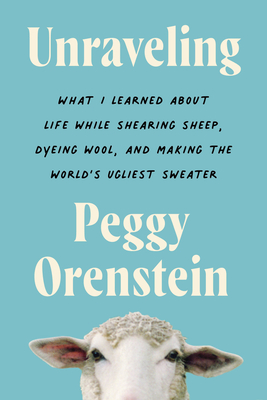 Unraveling: What I Learned About Life While Shearing Sheep, Dyeing Wool, and Making the World's Ugliest Sweater by Peggy Orenstein
Unraveling: What I Learned About Life While Shearing Sheep, Dyeing Wool, and Making the World's Ugliest Sweater by Peggy Orenstein Format: eARC
Source: supplied by publisher via Edelweiss
Formats available: hardcover, ebook, audiobook
Genres: autobiography, biography, history, memoir, women's history
Pages: 224
Published by Harper on January 24, 2023
Purchasing Info: Author's Website, Publisher's Website, Amazon, Barnes & Noble, Kobo, Bookshop.org, Better World Books
Goodreads
In this lively, funny memoir, Peggy Orenstein sets out to make a sweater from scratch--shearing, spinning, dyeing wool--and in the process discovers how we find our deepest selves through craft. Orenstein spins a yarn that will appeal to everyone.
The Covid pandemic propelled many people to change their lives in ways large and small. Some adopted puppies. Others stress-baked. Peggy Orenstein, a lifelong knitter, went just a little further. To keep herself engaged and cope with a series of seismic shifts in family life, she set out to make a garment from the ground up: learning to shear sheep, spin and dye yarn, then knitting herself a sweater.
Orenstein hoped the project would help her process not just wool but her grief over the recent death of her mother and the decline of her dad, the impending departure of her college-bound daughter, and other thorny issues of aging as a woman in a culture that by turns ignores and disdains them. What she didn't expect was a journey into some of the major issues of our time: climate anxiety, racial justice, women's rights, the impact of technology, sustainability, and, ultimately, the meaning of home.
With her wry voice, sharp intelligence, and exuberant honesty, Orenstein shares her year-long journey as daughter, wife, mother, writer, and maker--and teaches us all something about creativity and connection.
My Review:
Looking back – and oh how happy I am to be able to do that – we all unraveled a bit during COVID. At its simplest, Unraveling is one author’s story of how she dealt with that “Great Unraveling” by, well, raveling. Technically by knitting, but if the sheep baas, shear it.
So the framework of Unraveling is centered on what turned out to be the author’s pandemic project. People did all sorts of things to help them through the lockdown, or to provide structure while doing so, or perhaps a bit of both.
The author, who was an author in the Before Times whose in-progress book tour dissolved in the lockdowns, did not adopt a new pet as many people did. Although her project did involve animals – just not in any of the usual ways.
As a lifelong knitter, she decided to go deeper into a hobby she learned from her mother. SLFHM for short, as she learned that many, many fiber artists learned their craft from their mothers.
Orenstein went very deep, even though her shears often didn’t go nearly deep enough. She decided to experience the entire process of knitting from the first stage of the work to its final product by learning how to shear sheep, take the sheared wood through cleaning and carding, spin it into yarn, dye it using natural dyes and last but not least, knitting a sweater from the fruits of her labor. Which was also, naturally (pun intended) a fruit of her labor.
The steps of her project, frustrating, messy, aching and all too often colorful – whether from bruises or yarn going through the color spectrum, form the backbone of the book.
But each step and stumble along that way turned the author’s mind, and followed by the reader’s, down the myriad byways of history, science, sociology, ecology and pretty much anywhere and everywhere else that the human experience takes us.
Spinning thread leads to thoughts about the rise of civilization, the development of language and the independence generated by women’s work along with excoriations about the patriarchy that all too often suppresses it. Dyeing leads to the history of the chemical industry. The handwork – and hard work – of producing one’s own clothing gets into a discussion of the rapaciousness of the clothing industry and its effects on the environment.
One thought leads to another. Inevitably. As humans do.
Mixed in with a fascinating meander through history and sociology are personal elements, as Unraveling is kind of a journal of one woman past midlife dealing with all that life throws at us when we realize that there are more days behind us than in front of us. That our parents are going or gone. That our children – if we have them – are moving out and away. And all of that in the midst of quarantines where the rituals that usually surround those milestones are out of reach, as are the loved ones who are leaving us behind, one way or another.
Reality (and Escape) Rating A-: I’m calling it both, as this is a nonfiction book about the author’s way of escaping from the unstructured, amorphous nature of life under lockdown. Sometimes, finding purpose is the best thing we can do for ourselves as humans, and Unraveling is one person’s story about that journey.
Unraveling turns out to be a thoughtful book combining a lightness of heart with the heaviness of a sweater produced by hands filled with a lot of love and no small measure of grief. The exploration of the process of creating the sweater and all of the sweat equity that went into each step will draw in many readers – particularly those with some interest or experience in any of the fiber arts – whether they were taught by their mothers or not.
The explorations into history, culture and science will remind readers of some of Mary Roach’s work, or even Caitlin Doughty’s work about the death industry (Smoke Gets in Your Eyes), that same idea of using a process to explore a concept and its history in depth. Whether the depth of the research in Unraveling goes as far or as deep is a question that this reader can’t answer, but I found it all utterly fascinating – even though I’m not a knitter.
I suspect there will be some mixed feelings among readers about the more personal issues the author brings to this work, especially her grief over the final loss of her mother and the everyday loss of little pieces of her father as he succumbs to Alzheimer’s. As someone in the same age cohort, her thoughts about her losses resonated with me, as did her considerations – and still considering – the inevitable changes coming to her own life as she and her husband face retirement and what lies beyond. That part of her story may not work for every reader, but it certainly did for this one.

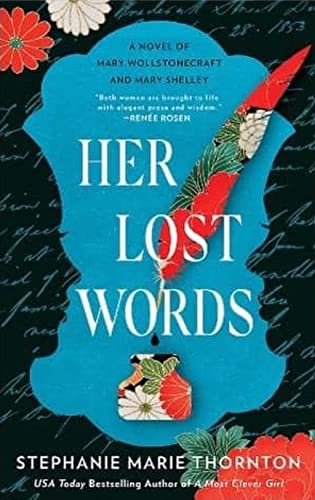 Her Lost Words: A Novel of Mary Wollstonecraft and Mary Shelley by
Her Lost Words: A Novel of Mary Wollstonecraft and Mary Shelley by 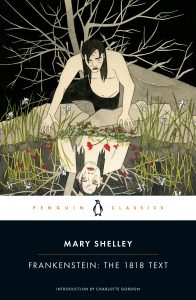 But the tides of history turn, and for more than a century after Mary Shelley’s death it was HER great work that captured the limelight – and much of the popular imagination – while her mother’s achievements were covered in the shadows cast by her daughter’s monster, the doctor who made him and the literary genre they started.
But the tides of history turn, and for more than a century after Mary Shelley’s death it was HER great work that captured the limelight – and much of the popular imagination – while her mother’s achievements were covered in the shadows cast by her daughter’s monster, the doctor who made him and the literary genre they started.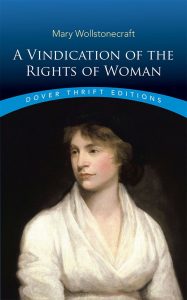 Escape Rating B: Someone needs to do a literary survey of just how many fictional and even non-fictional biographies of famous women in history begin with a dramatic scene of parental or spousal abuse. Not that I do not believe it’s true in the case of the older Mary, more that it should be telling in a profound way that it happened so damn frequently but somehow that message never seems to penetrate the male psyche. Which is a part of what made
Escape Rating B: Someone needs to do a literary survey of just how many fictional and even non-fictional biographies of famous women in history begin with a dramatic scene of parental or spousal abuse. Not that I do not believe it’s true in the case of the older Mary, more that it should be telling in a profound way that it happened so damn frequently but somehow that message never seems to penetrate the male psyche. Which is a part of what made 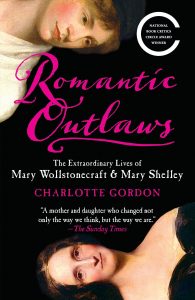 I wanted to be all in on this one and I just wasn’t. I’m still interested in Wollstonecraft and Shelley, and will probably refer myself to
I wanted to be all in on this one and I just wasn’t. I’m still interested in Wollstonecraft and Shelley, and will probably refer myself to 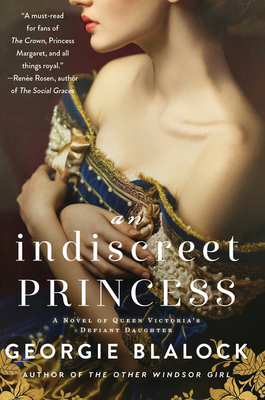 An Indiscreet Princess: A Novel of Queen Victoria's Defiant Daughter by
An Indiscreet Princess: A Novel of Queen Victoria's Defiant Daughter by 
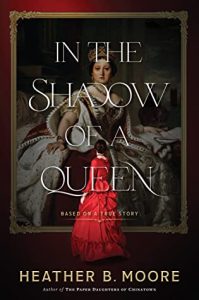 Escape Rating B: Both
Escape Rating B: Both 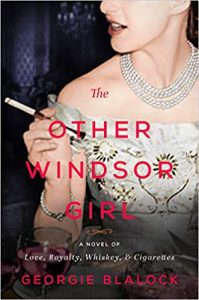 All of which is a very different reaction than I had to the author’s previous book about one of the royal family’s other notorious scapegraces,
All of which is a very different reaction than I had to the author’s previous book about one of the royal family’s other notorious scapegraces, 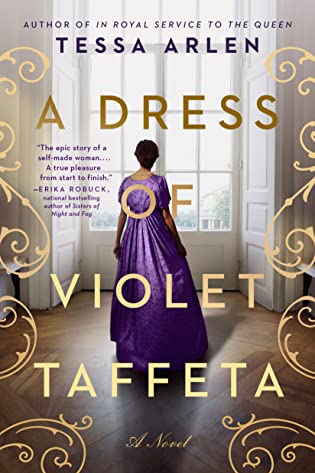 A Dress of Violet Taffeta by
A Dress of Violet Taffeta by 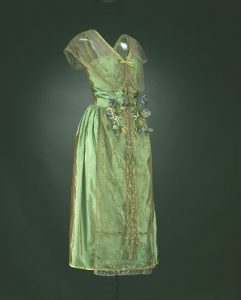
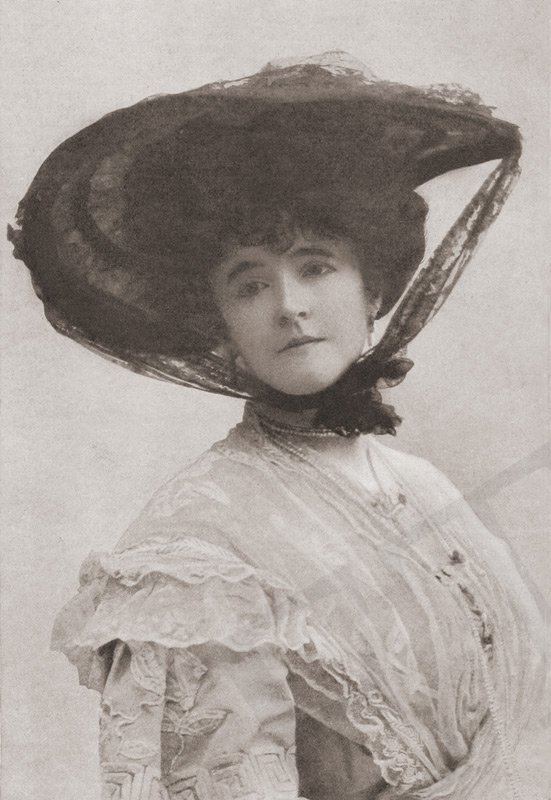
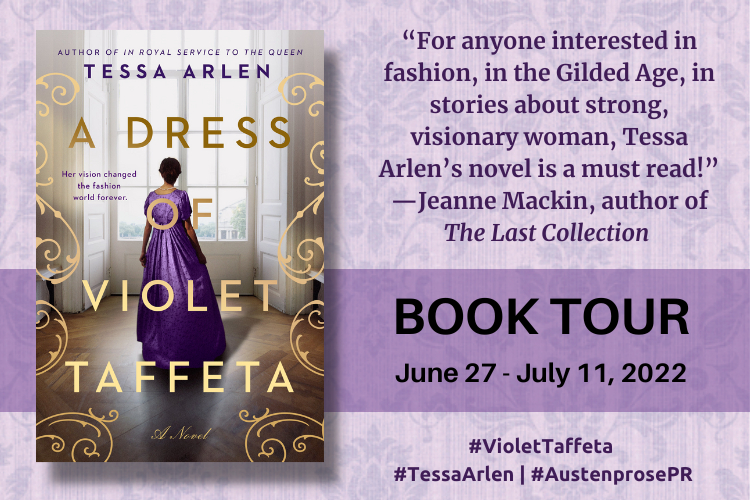
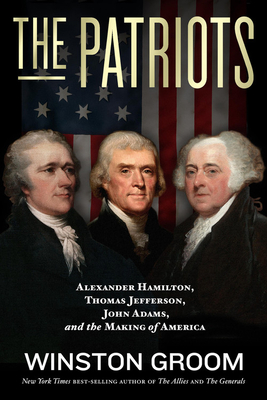 The Patriots: Alexander Hamilton, Thomas Jefferson, John Adams, and the Making of America by
The Patriots: Alexander Hamilton, Thomas Jefferson, John Adams, and the Making of America by 
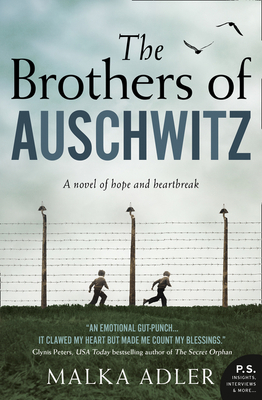 The Brothers of Auschwitz by
The Brothers of Auschwitz by 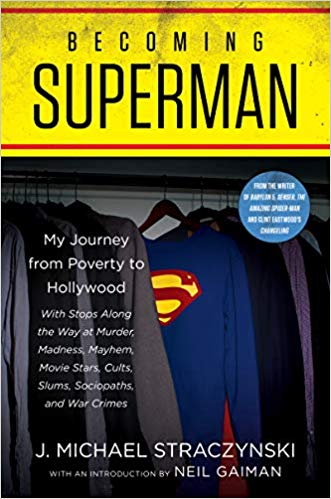 Becoming Superman: My Journey from Poverty to Hollywood by
Becoming Superman: My Journey from Poverty to Hollywood by 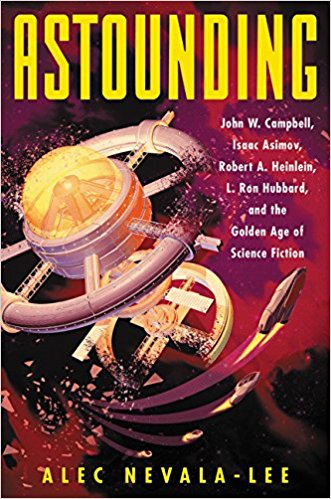 Astounding: John W. Campbell, Isaac Asimov, Robert A. Heinlein, L. Ron Hubbard, and the Golden Age of Science Fiction by
Astounding: John W. Campbell, Isaac Asimov, Robert A. Heinlein, L. Ron Hubbard, and the Golden Age of Science Fiction by 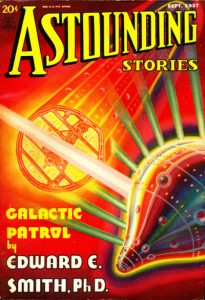
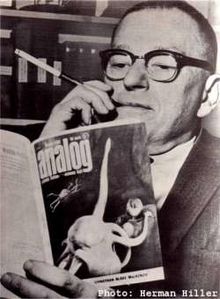
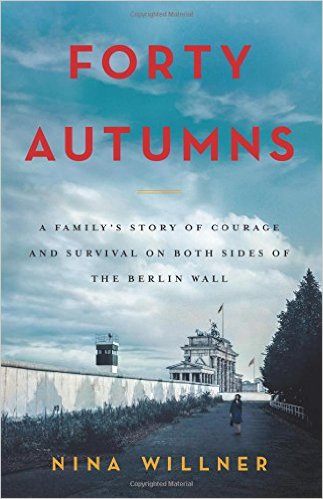 Forty Autumns: A Family's Story of Courage and Survival on Both Sides of the Berlin Wall by
Forty Autumns: A Family's Story of Courage and Survival on Both Sides of the Berlin Wall by 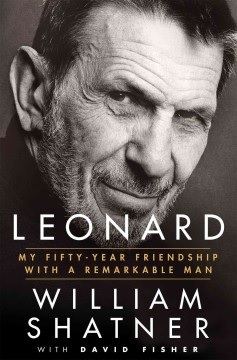 Leonard: My Fifty-Year Friendship with a Remarkable Man by
Leonard: My Fifty-Year Friendship with a Remarkable Man by 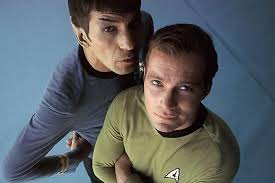 To this reader, it felt as if the book, while purporting to tell the story of Leonard Nimoy’s life, ends up combining autobiography with biography. These two men knew each other very well for a very long time, came from somewhat similar backgrounds, and found themselves yoked together, whether they liked it or not (and sometimes they did and sometimes they didn’t) by their performances in what everyone expected would be a short-lived TV program.
To this reader, it felt as if the book, while purporting to tell the story of Leonard Nimoy’s life, ends up combining autobiography with biography. These two men knew each other very well for a very long time, came from somewhat similar backgrounds, and found themselves yoked together, whether they liked it or not (and sometimes they did and sometimes they didn’t) by their performances in what everyone expected would be a short-lived TV program.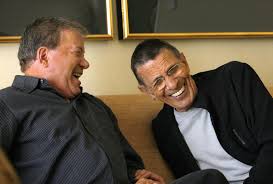 In the end, this is a book for the fans.It is way more about the history of Star Trek than any other single topic. As a fan, I found the story interesting and often charming. Perhaps I should say “fascinating” as Spock often did.
In the end, this is a book for the fans.It is way more about the history of Star Trek than any other single topic. As a fan, I found the story interesting and often charming. Perhaps I should say “fascinating” as Spock often did.